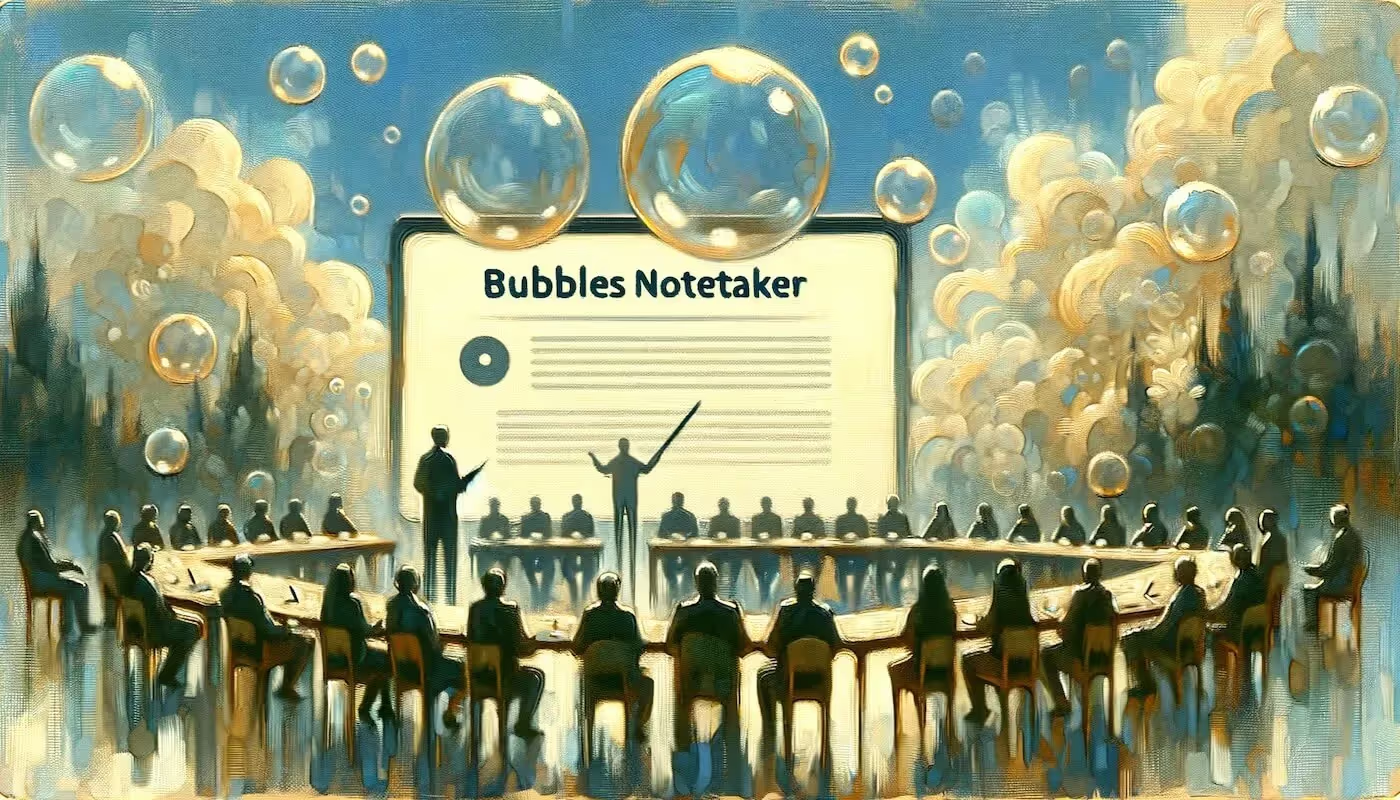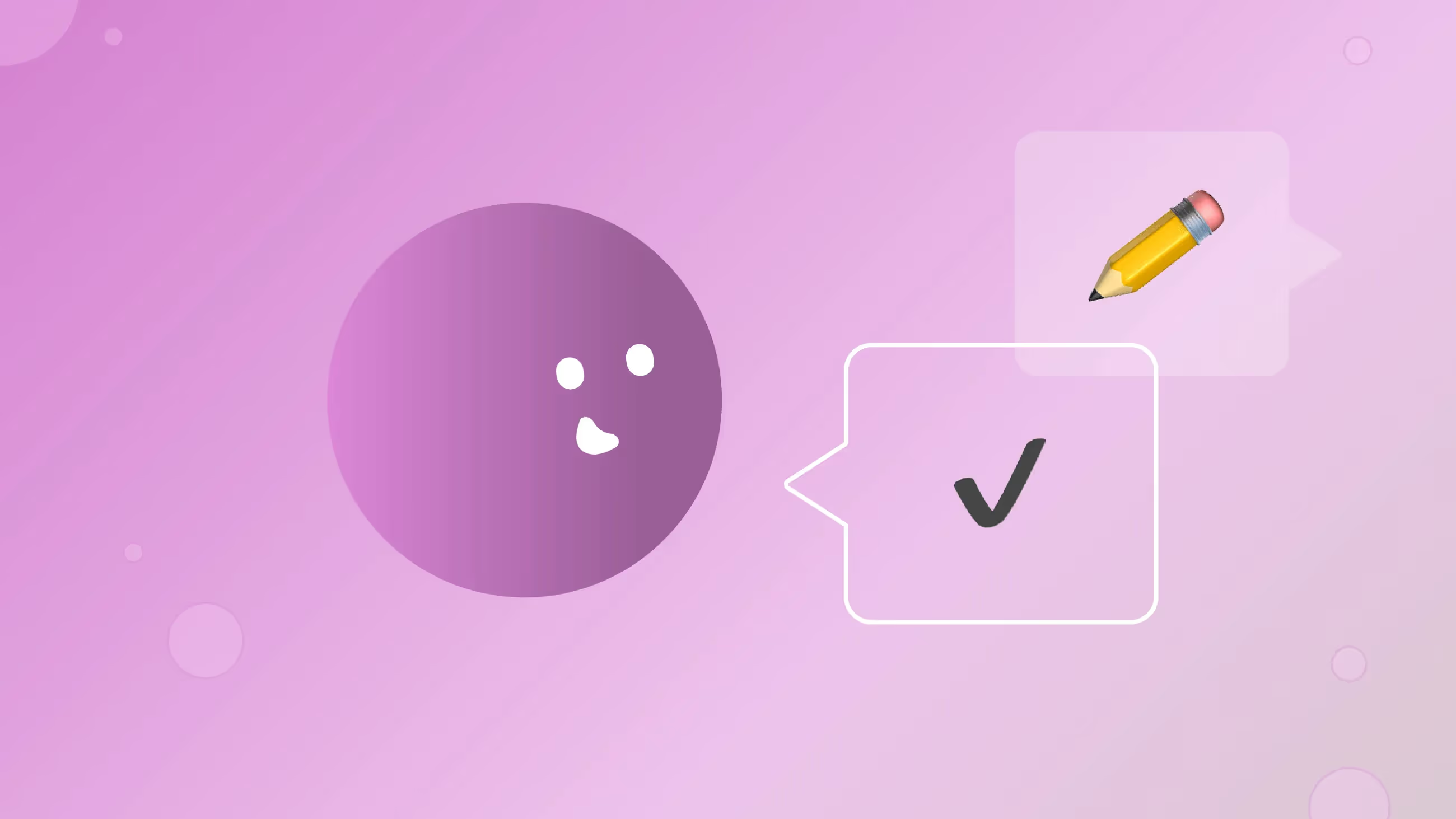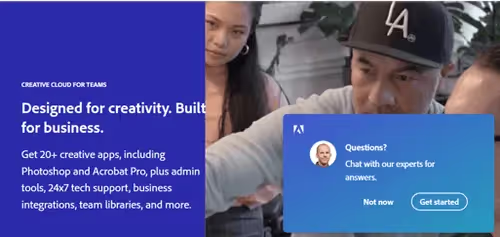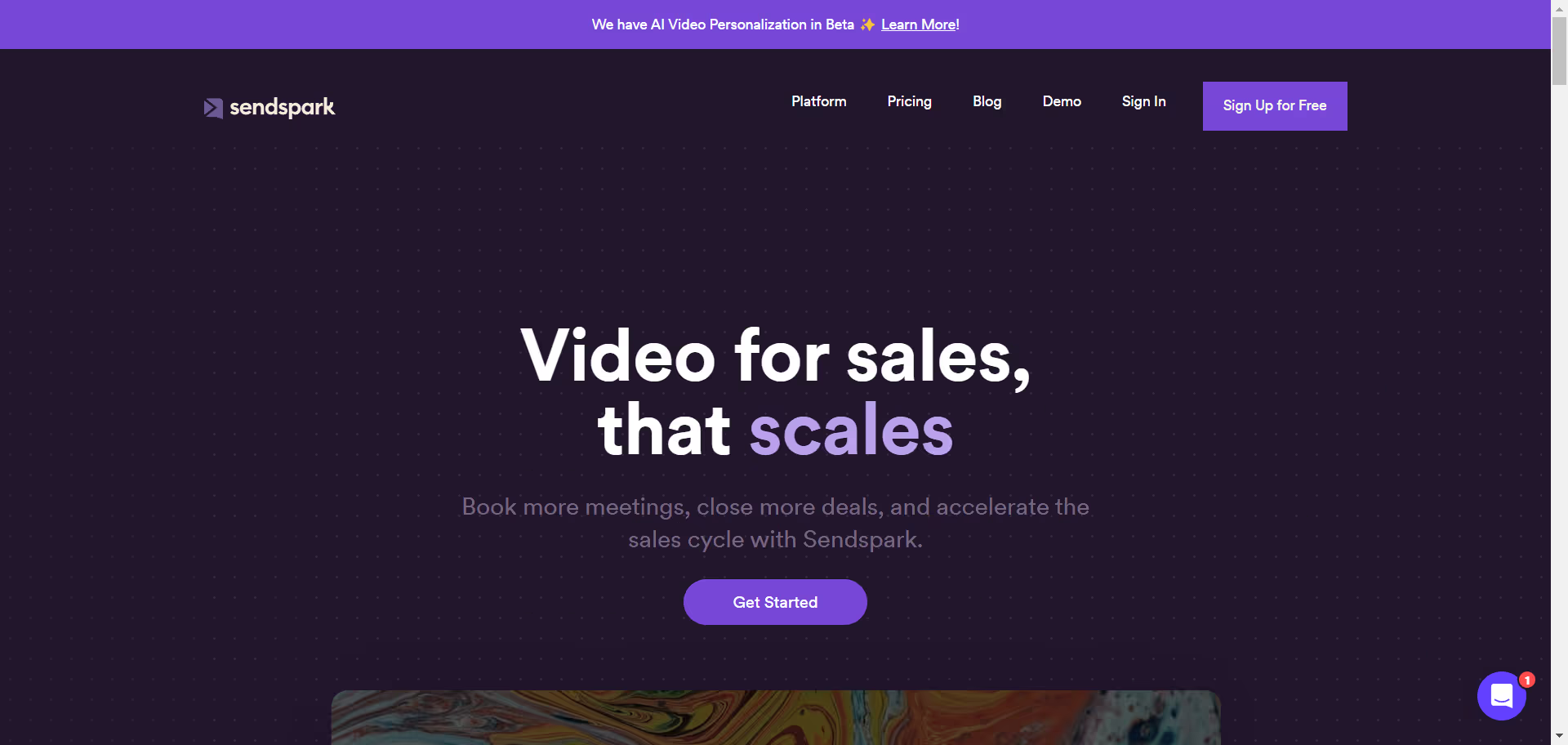
How To Take Notes: 6 Top Tips
Regardless of the stage of your career, you will be required to take notes. Therefore, why not do it properly? Implement these tips, and not only will you boost your productivity and save time, but you will come across as a more professional and organized individual.
The ability to take effective notes is an extremely invaluable skill, no matter if we’re talking academia or professional development. The former could be a fresh onto the scene student, trying to grasp a complex new concept, or for the latter, a professional attending a critical meeting, with key information to remember. Regardless, the goals remain the same. Mastering a few note-taking methods and executing them with precision and clarity will mean you stay on top of the workload and continually nail the in the moment process, as well as the follow-ups. Sound good? If so, let’s jump into the tips in order to achieve this boost in your ability to retain and understand, starting with the Cornell note-taking method.
1. How To Take Cornell Notes
The Cornell method is a personal favourite of mine and is respected by many as it represents efficiency and effectiveness in organizing notes. Cornell involves dividing your page up into three sections: a thinner, narrow column on the left for noting down key terms or questions (cue), a larger, wider right-hand column for notes (note take), and then finally a summary section at the bottom to tie everything together. The structure of the Cornell method helps to filter complex information into smaller, more manageable chunks, giving you the best chance of a solid understanding.
When you’re using the Cornell note-taking method, start off by jotting down the main points and key concepts that you gather during a lecture or meeting in the wider right column. Post-session, you can then use the left column to write questions for clarification or keywords linked to the notes. The level to which you focus on the left column is entirely dependent on your style. To begin to understand this for yourself, experiment with keywords and how well they help you memorize. Overall though, this organization will aid in transforming your notes into a study guide, where you can cover the right column and use the cues to recall information.
2. How to Take Meeting Notes
Taking meeting notes requires a different approach, due to the increased number of aspects you have to think about during a meeting (speaking, body language, notes…). The goal here is to capture all the important information without transcribing verbatim, and without losing out in these other areas. Organization is key, and so you should start by creating an outline with subheadings for each agenda item. As the meeting progresses, you can use bullet points or other stylistic cues to note key points, decisions, and action items. This clear, concise outline style of note-taking achieves balance while making you not miss critical information.
To briefly recap, when someone makes an important point (in your opinion), summarize this in your own words instead of copying it down word-for-word. Adding your own touch won’t take away from the discussion point but will save you time. After the meeting, review your notes and, if necessary, rewrite them to enhance clarity and organization. This will reduce the loss of important details, but also give you a more finished product that would be ready for sharing and communicating to others, if needed.
However, to extent that final point, and give you an even better tip – try to implement technology into your note-taking life. A tool like Bubbles Notetaker, that can handle summarizing key points and discussions and providing action items, while give you a ready to distribute product, can be a game-changer for you. Equally, if you're in sales, a tool like Scratchpad has a really useful notes feature where all of your notes auto-sync to Salesforce so there's nothing lost in the shuffle and you and your sales leaders have better visibility into your deals and conversations with prospects.
3. Adopting Smart Note-Taking Strategies
Smart notes are all about linking new ideas and creating a network of your gathered knowledge related to a specific topic. This strategy often involves writing each piece of information on a separate piece of paper or flashcard. Each one of these notes should be specifically centred around one single main idea or key concept, but all under an umbrella of a wider topic of information. Clearly, networks and webs are naturally strong and intertwine to achieve different purposes, but in a studying or note-taking context, the purpose is to create visual connections between concepts. Therefore, smart notes can be particularly useful for the visual learners among us but should be tested en masse anyway, as they can be widely beneficial.
When taking your smart notes, use keywords and symbols to categorize information. Doodling or sketching can also be a part of smart notes, especially for those who learn better with visual cues and are more appeased by connecting words to images. The flexibility of smart notes makes them ideal for various subjects and settings.
Make your
meetings matter
Loved and trusted by 100,000+ users:
- Automatically Record and Transcribe Meetings
- Extremely Accurate Notes, Summaries, and Action Items powered by AI
- Works with Zoom, Google Meet, and Microsoft Teams
- Save time and follow-up with quick async videos
Simply connect your work Google or Microsoft Calendar to get started.
4. Utilizing Mind Maps and Visual Tools
Representing another web-like format of taking effective notes, mind maps are again a powerful tool for visual learners. Starting with an idea in a bubble within the centre of the page, begin to branch out with lines and squiggles to related sub-topics, key terms, and details. With a mind map, you achieve this same visual representation of information as smart notes, but in a more organized and collected way. This method can therefore be good for establishing quick links and for those with photographic memories and the ability to recall information based on where it has been written.
In addition to mind maps, or even within your mind map, other visual tools like charts, graphs, and diagrams can be incorporated into your notes. These tools are particularly effective for summarizing data-heavy information or complex processes.
5. Helping Information Recall with Summarization and Review
The act of summarizing information, either by writing a brief summary at the end of your notes or by creating flashcards, helps in reinforcing the new material. Summarizing essentially forces you to process the information that you have just read or heard, and express it in your own words, boosting understanding and recall.
Regular review of your notes is also crucial. Revisit your notes periodically, especially where it is a requirement to memorize the information in the notes, and if possible, rewrite or annotate them again. While I understand this can be a boring chore, this process helps in transferring information from short-term to long-term memory, ensuring better retention and a higher chance that you nail it in that important exam, or work presentation.
6. Combining Handwritten and Digital Methods
While digital note-taking tools offer convenience and organization, there's evidence that handwritten notes can enhance memory retention. However, I think it is also prudent to weigh in the pros and cons of both in a wider perspective of productivity. For example, you can use a digital note-taking tool like Bubbles Notetaker for the in the moment meeting, allowing you to focus on the discussions at hand, but then revisit the notes post-meeting. In the process, try handwriting alongside your digital Bubbles summary, action items, and video recorded meeting. Boost the summary in your own words, paraphrase long discussions, and gain a deeper processing of the material.
When I refer to the wider perspective of productivity, I mean that we should consider the time saved by an AI notetaker, while retaining optimized notes for efficiency and clarity. In this time, you could probably complete the whole process again manually, but this will not be necessary, and thus, you gain more by using this tech. Use a balance, and by doing so, stay ahead of the pack by consistently being up to date, organized, and on schedule.
Conclusion
Effective note-taking is a varied and multifaceted skill and can be achieved by an array of methods, as we have established. Essentially, you must find what works best for you individually through trial and error. In this process, make sure to remember that good note-taking is not just recording information, or regurgitating a meeting onto a few sheets of paper. Instead, it’s all about processing, organizing, and making sure you have the information at the tip of your finger whenever necessary. Nevertheless, while it is above all a stylistic choice, there are a few tips that I personally believe can help us all in this process, such as the use of smart technology like Bubbles Notetaker. Everyone should want to be their most efficient selves, and this involves cutting corners without losing quality, something that I know (from experience) is possible through a digital notetaker.
Collaborate better with your team
Get your point across using screen, video, and audio messages. Bubbles is free, and offers unlimited recordings with a click of a button.
.avif)
Collaborate better with your team
Get your point across using screen, video, and audio messages. Bubbles is free, and offers unlimited recordings with a click of a button.
.avif)













.avif)